In samples collected by the Chang'e-5 probe, researchers found a "transparent prismatic crystal" about the width of a human hair, which is actually an "unidentified lunar mineral" called ULM-1, according to research published July 16 in the journal Nature Astronomy.
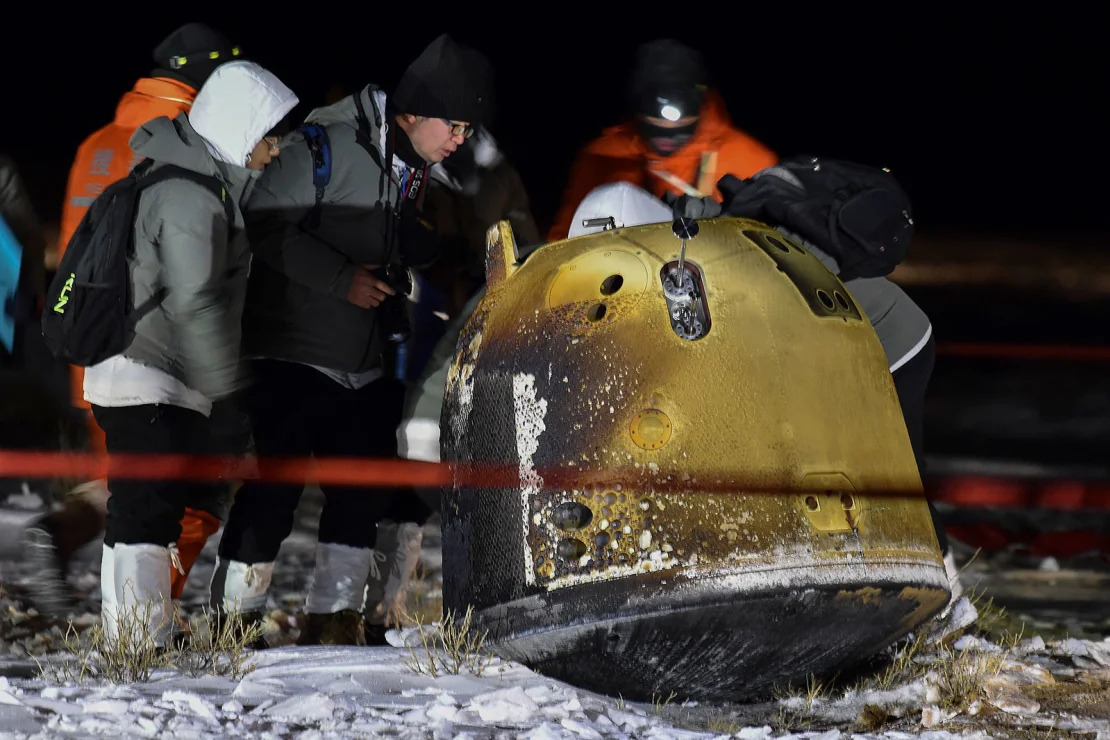
Crew members inspect the Chang'e-5 probe after it successfully landed in northern China in December 2020. Photo: Xinhua
According to the study, the ULM-1 crystal (with the chemical formula (NH4)MgCl3·6H2O) is made up of about 41% water, along with a little ammonia that helps keep the H2O molecules stable despite the drastic temperature changes on the Moon.
Scientists say this water could be a "potential resource for life on the Moon".
Finding water on the Moon itself is nothing new. NASA and Indian spacecraft have previously detected what they believe to be water on the Moon’s surface. Last year, Chinese scientists also found water trapped in glass beads scattered across the Moon.
But scientists say this latest discovery is the first time water has been found in molecular form H2O in physical samples. Crucially, it comes from a part of the Moon where they previously thought water in that form could not exist.
"The discovery of hydrated minerals at the Chang'e 5 landing site is fascinating and will help us better understand the reaction of rock vapor in the lunar crust and on the lunar surface," said David A. Kring, a scientist at the Lunar and Planetary Institute in Texas, who was not involved in the study.
According to planetary geologist Yuqi Qian at the University of Hong Kong, who was not involved in the study, there are three types of water that could exist on the moon: water molecules (H2O); ice; and a molecular compound called hydroxyl, a close chemical relative.
The samples collected by the Chang'e-5 probe came from a mid-latitude part of the moon, at 43.1 degrees latitude — an area that is typically “unstable for molecular water,” Qian said. The ammonium found in the samples acts as a stabilizer for the water molecules, he explained.
The moon’s poles are difficult to navigate because of their rocky terrain, making them difficult locations for water extraction. What’s more, molecular water “is unstable in other regions of the moon,” evaporating at lower latitudes, where temperatures can exceed 100 degrees Celsius, Qian said. This new research will change that.
"I think this new discovery has a lot of potential, we can extract molecular water directly from the lunar soil. This is a new mechanism to make molecular water stable on the lunar surface," Qian said.
Hoai Phuong (according to CNN)
Source: https://www.congluan.vn/phat-hien-nuoc-trong-mau-dat-mat-trang-cua-trung-quoc-post306563.html




![[Photo] Prime Minister Pham Minh Chinh chairs the meeting of the Government Party Committee Standing Committee](https://vstatic.vietnam.vn/vietnam/resource/IMAGE/2025/8/23/8e94aa3d26424d1ab1528c3e4bbacc45)

![[Photo] General Secretary To Lam attends the 80th Anniversary of the Cultural Sector's Traditional Day](https://vstatic.vietnam.vn/vietnam/resource/IMAGE/2025/8/23/7a88e6b58502490aa153adf8f0eec2b2)


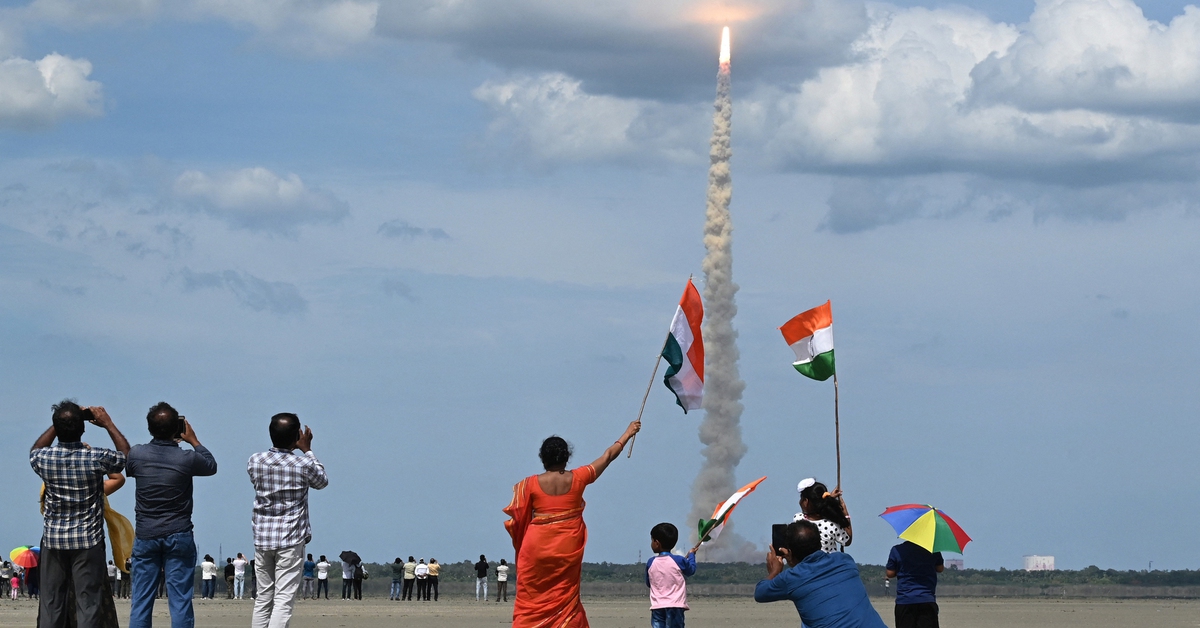



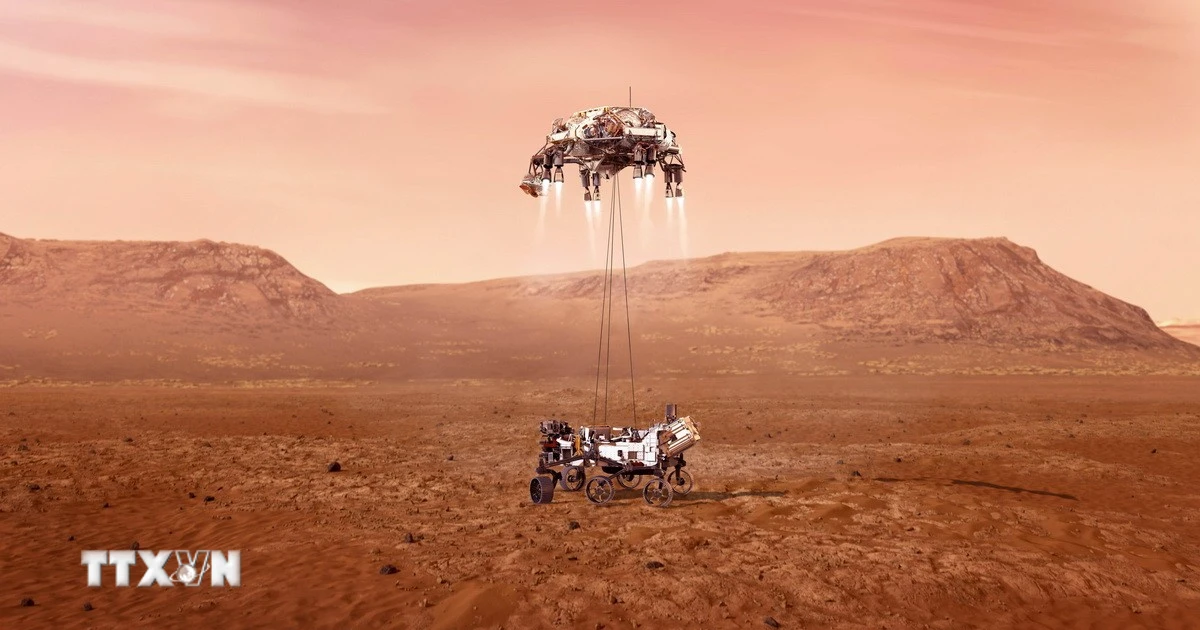

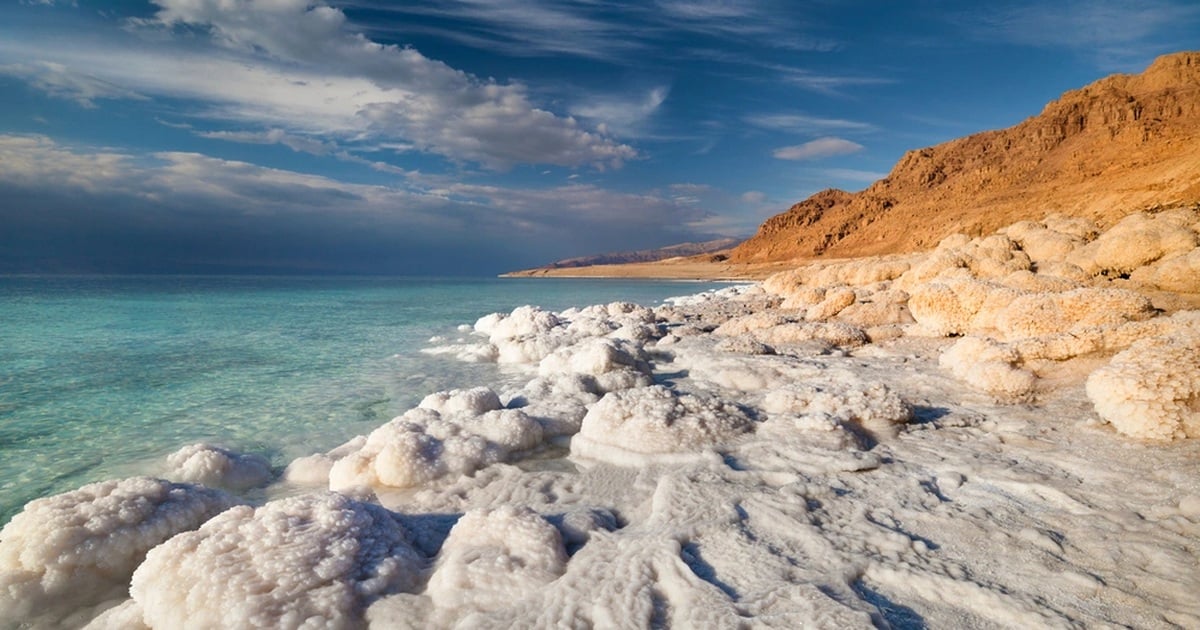


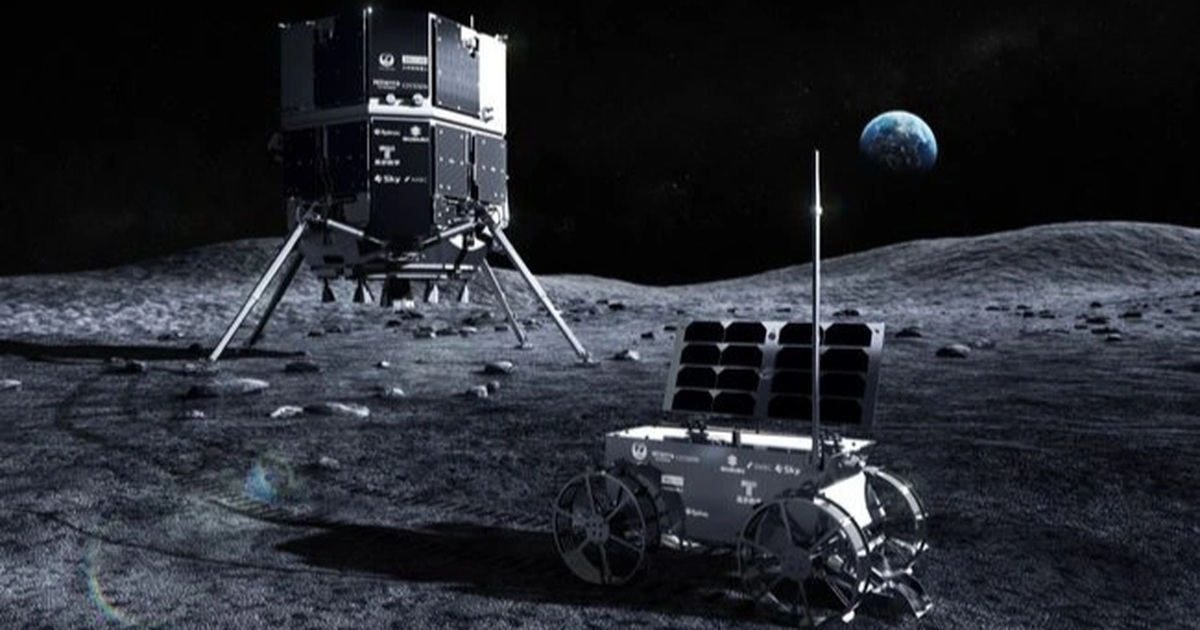

















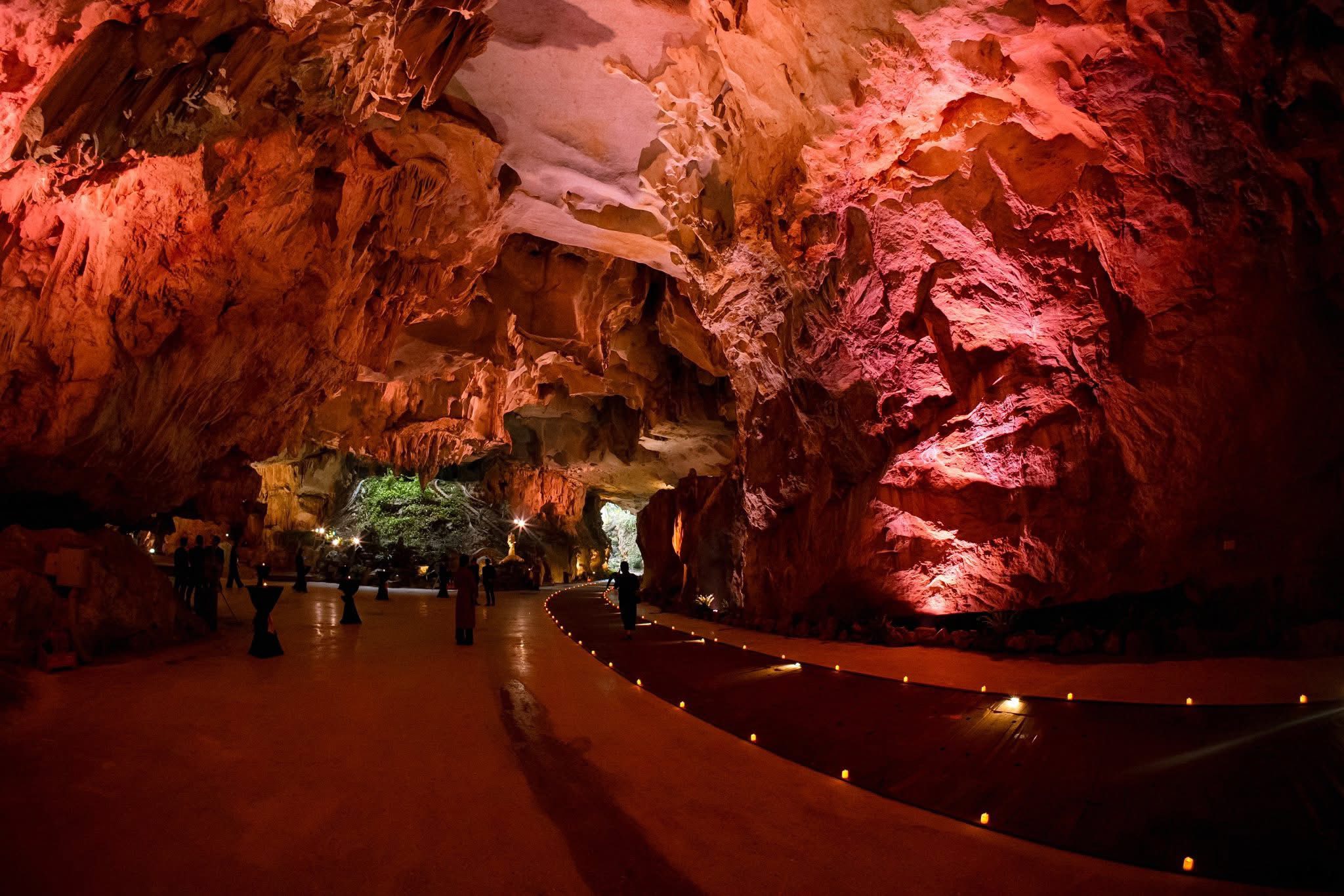

































































Comment (0)